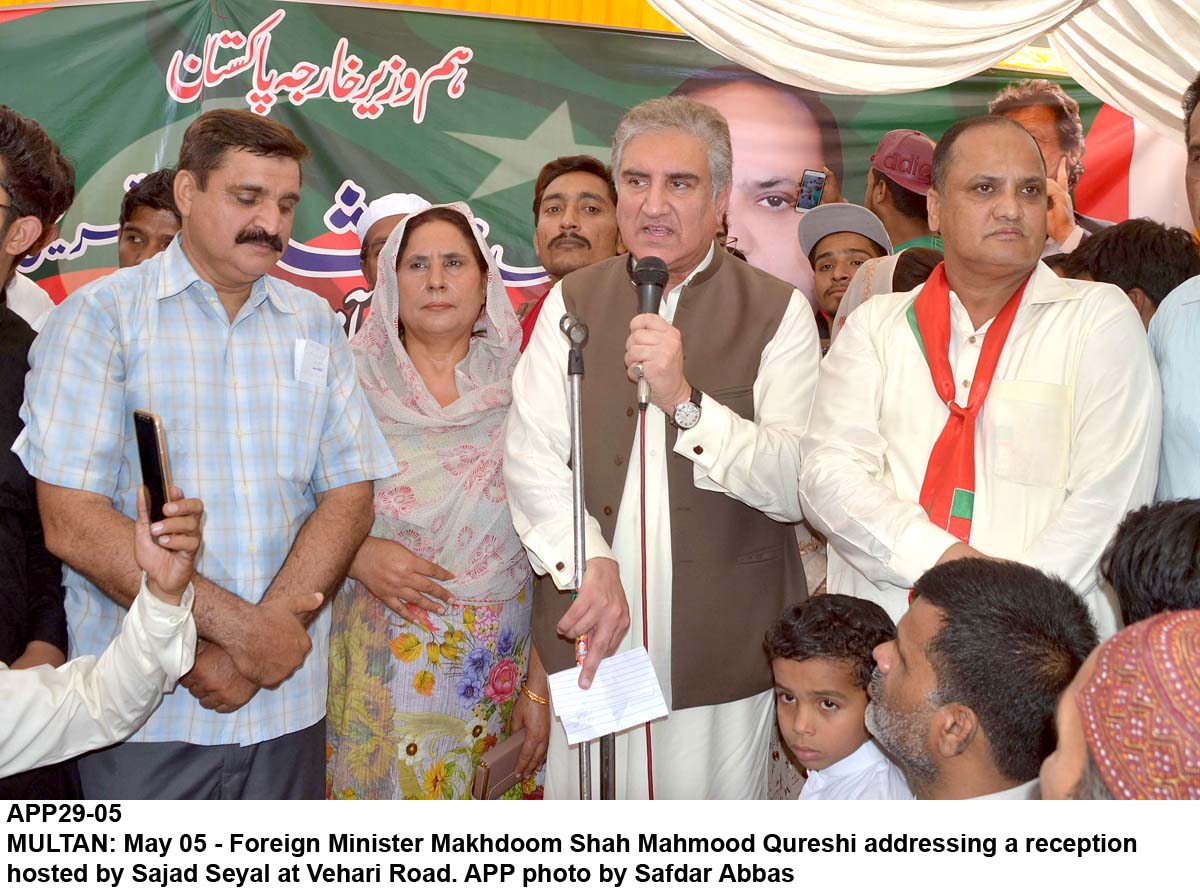مضمون کا ماخذ : como jogar na loteria
Rural women adopt effective ways to earn alternative livelihoods
HYDERABAD: The people, residing in small villages in the catchment areas of the River Indus still recall the blissful days they spent about 30 to 40 years ago, when the thick forests itself would bring livelihood sources for them. Now after unchecked copping of trees in the forests and conversion of the lands for agriculture, […]
HYDERABAD: The people, residing in small villages in the catchment areas of the River Indus still recall the blissful days they spent about 30 to 40 years ago, when the thick forests itself would bring livelihood sources for them. Now after unchecked copping of trees in the forests and conversion of the lands for agriculture, the communities are deprived of their livelihoods.
The forest landholding system has also been changed and the land is encroached by influential landlords, coming from everywhere, with the backing of the powerful. Hence, no option is left for the government to rehabilitate the forests and provide access to the communities who have been the natural custodians of the forests and the river. Presently, these local people have just saved some livestock herds for their survival, because it is the sole alternate source of livelihood for them.
Driving to dilapidated roads towards once flourishing Unarpur town in Jamshoro district, surrounded by green coriander crops, filled with its unique fragrance in winter, the community people, both men and women stroll along with their animal herds. Outsiders may feel how lucky these people are to enjoy the safe environment, but the communities have their own stories. “We are left at the mercy of floods, destruction and displacement. It is a common phenomenon that whenever the river is flooded it laps at our doorstep and inundates our seasonal crops.”
“It is after many years that the floods have increased in frequency and every year since 2010 we face the high level of water and have to move to other safer places for days and weeks, depending on the intensity ofthe flood,” said an elderly man of a small forest village Bahar Khoso, near Unarpur town.
To protect their lives and properties, the villages have now built walls and roofs at a higher and raised level to stay safe in case of any mishap.
The flood has also changed the entire cultural values of the area and people as they have started learning how to live safely without facing maximum losses. In this situation women have adopted alternate methods to run domestic affairs in such uncertain conditions, showing creative art they weave with threads and use tattered rags of cloth pieces to make something for market, believing it is an effective way of flood resilience to reduce the impact of losses.
Sanin Khoso, presently a lead artisan woman in village Bahar Khoso tells her story about the changing face of their livelihoods and her learning of artwork to compete in urban markets. The work she started through learning from elderly women and now adopted with modern skills to refine her work, which now requires aggressive marketing.
There is a group of a dozen women working on their own at a center where they have displayed artwork. The work attracts traders of handcrafts from Karachi who visit and buy the ready-made products. If these traders need additional products they place orders for the same and women have a dedicated team to work on sharing basis and complete the consignment at the time. This not only supports them financially but makes a positive difference in the entire area.
This village is quite different than other villages in terms of women’s role, who are skilled and known entrepreneurs and run domestic affairs and can deal with outside traders, who often visit their center located in a small village.
There is a larger group of 30 artisan women running a local organization “Sughar Nari Welfare Cooperative Society”, which runs the center. These women belong to neighbouring villages. They help their males in the agriculture fields, feed their babies, take care of their school-going children, do other chores at home and then spare some time to do this artwork.
The center is located at heart of the village, and is easily accessible to outside buyers. They have displayed different varieties of jewelry made with threads fabric, which these artisans claim is popular in Karachi markets.
Jamshoro district is blessed with natural assets including water from the river Indus, the largest lake Manchhar, scenic Khirthar hills and agriculture lands. People mostly depend on agriculture cultivation and livestock rearing. Women also contribute with their male counterparts, but quite recently a larger group of females has emerged who have received training on how to earn an additional income to help their families.
Aik Hunar Aik Nagar (AHAN), working under the Ministry of Industries & Production in Sindh province promoting traditional crafts in rural areas. They provide trainings and motivating young artisans to use their natural items made from wheat straw, dried grass and grains to promote the artwork.
The products list is quite large, which these artisan women design in rural villages: Ralli mates, Ralli cushions, hand embroidered jewelry-necklaces, earrings, bracelets, bangles, belts, embroidery necklines, Ralli Prayer mats, Appliqué File folders, Applique Shirts, Applique running yardage, Ralli work bags, Clutches, purses, Curtains, Ralli Bed sheets, Applique Shawls, Applique Lace patties, etc
The young trained artisan women of nearby villages who have a potential can become entrepreneurs come join this group. Many of them have already taken initiatives by starting micro enterprises. They show willingness to use new learned skills in natural dyes for their sustainable livelihood.
Traditionally some elderly women started work through stitching clothes, making Rallies, thread-made strips used in shalwar, hairband, and handmade embroidery. Apart from this they also use wheat straw to make basketry items such as kitchenware items like plates, basketry bowls to earn a living. But now after receiving trainings they have shifted hands to make ornaments, jewelry, file-folders, cushions, purse and room-decorating items, which are different and have an exclusiveness to attract a high end market.
They sell their products to popular shops in posh Clifton markets where these crafts are available. They take part in exhibitions in Lahore and Karachi, where they display their artwork and earn a livelihood. This activism has helped these women to build up their confidence and can negotiate with buyers for their products.
There is a larger group of about 200 women from10 villages in the neighbourhood that are on the list who are called when they need big orders. They are all trained through the modern crafts.
For some women it is a pastime and work there for two–three hours daily. Otherwise, it is a routine for at least a dozen artisan women to come there with their ordinary tools and fresh minds to work full time.
This work is attracting traders and leading shopkeepers from Hyderabad and Karachi to visit these women to see the choice and buy the artwork on display in their shops.












